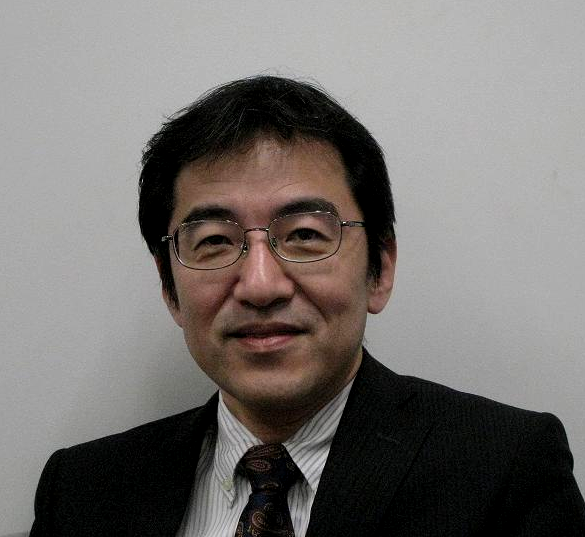Latest News

Toshihiko Hayashi, general manager of the civil and commercial space department at Mitsubishi Electric’s Space Systems Division. Photo: Mitsubishi Electric
[Via Satellite 01-14-2015] Japanese satellite manufacturer Mitsubishi Electric is aiming for as many as half a dozen or more contract awards in 2015. Last year Es’hailSat contracted the Es’hail 2 satellite to Mitsubishi Electric — which will become the 16th DS2000 satellite once complete — and three Mitsubishi Electric-built satellites — Turksat 4A, Himawari 8, and ALOS-2 — all launched and are successfully operating. This year the company is planning advances in electric propulsion, high throughput payloads, and 3-D printing to makes its flagship satellite bus, the DS2000 more competitive.
“We are anticipating one or two GEO satellite orders from global market, and four or five from domestic market in 2015,” Toshihiko Hayashi, general manager of the civil and commercial space department at Mitsubishi Electric’s Space Systems Division, told Via Satellite. “The number of GEO satellite global needs per year might be stably 20 to 25, but [it could increase] if satellite cost reduction can be achieved as expected by customers, especially in Ka-band solution.”
To market the DS2000 more heavily across the Asia-Pacific, Mitsubishi Electric established a branch office in Singapore in 2013. Hayashi said the company is also going to expand activities throughout Europe and America by using corporate offices worldwide.
Mitsubishi Electric is planning significant upgrades to the DS2000, following industry trends for new technologies. Having electric propulsion as an option is one way the company is seeking to bring down costs.
“We will be focusing hybrid-propulsion at least for the time being, although we are also targeting all-electric propulsion. We are going to offer an option of hybrid-propulsion within a year,” explained Hayashi.
Electric propulsion brings new choices to satellite operators. Weighing less than chemical systems, satellites that employ this propulsion method can reduce their weight, potentially leading to lower launch costs. Operators can also use the extra room to pack in more payloads. The tradeoff, however, is speed. An all-electric satellite can take several months to reach GEO, while chemical systems take days. Hybrid satellites can bring together the strengths of both and have so far been more popular than their all-electric counterparts.
“I would say [all-electric is] a growing market, it has good potential, but I don’t see it as a booming market in the near term,” Marco Caceres, senior analyst and director of space studies at the Teal Group told Via Satellite. “[Hybrid propulsion] is a very transitional way of doing it to see if it works. In the end you may end up going to all electric if the technology improves so that it has enough of a kick to get satellites in orbit faster.”
Hayashi said Mitsubishi Electric is finding that most telecommunications customers are showing more interest in High Throughput Satellite (HTS) systems. This includes full HTS and mixed satellites that could carry an HTS payload along with others. Consequently, Mitsubishi Electric is actively advancing its HTS capabilities.
“We will offer not only conventional satellites but also HTS, with seeking the best solution for the customer in cost and performance. Even at this moment, we’ve already proposed HTS payloads for potential customers, and we are going to be ready for the enhanced HTS payload which can meet the diversified customer requirements for future,” Hayashi said.
In 2013 Mitsubishi Electric finished the expansion of its satellite production facility in Kamakura, Japan, increasing its production capability to eight satellites per year. The larger facility allows the company to separate manufacturing lines between general programs and classified programs. Hayashi said the expansion provides further visibility to customers as well. Mitsubishi Electric is also exploring ways to incorporate 3-D printing to more efficiently build spacecraft.
“3-D printing will possibly bring in cost reduction of satellite manufacturing although it has some challenges in structural/thermal material properties,” Hayashi explained. “However, we are now investigating how and what portion it can be applied.”
Having manufactured the Turksat 4A and 4B telecommunications satellites, and already begun on Es’hail 2, Mitsubishi Electric is looking to become more of a force in the global satellite manufacturing market. Including remote sensing satellites and domestic telecommunications satellites, Hayashi said the company has roughly 20 satellites in its backlog today and is eyeing other opportunities.
“In addition, the revival of large-scale LEO constellation plans for global Internet services like WorldVu could guide the industry to growth,” he added.
Get the latest Via Satellite news!
Subscribe Now